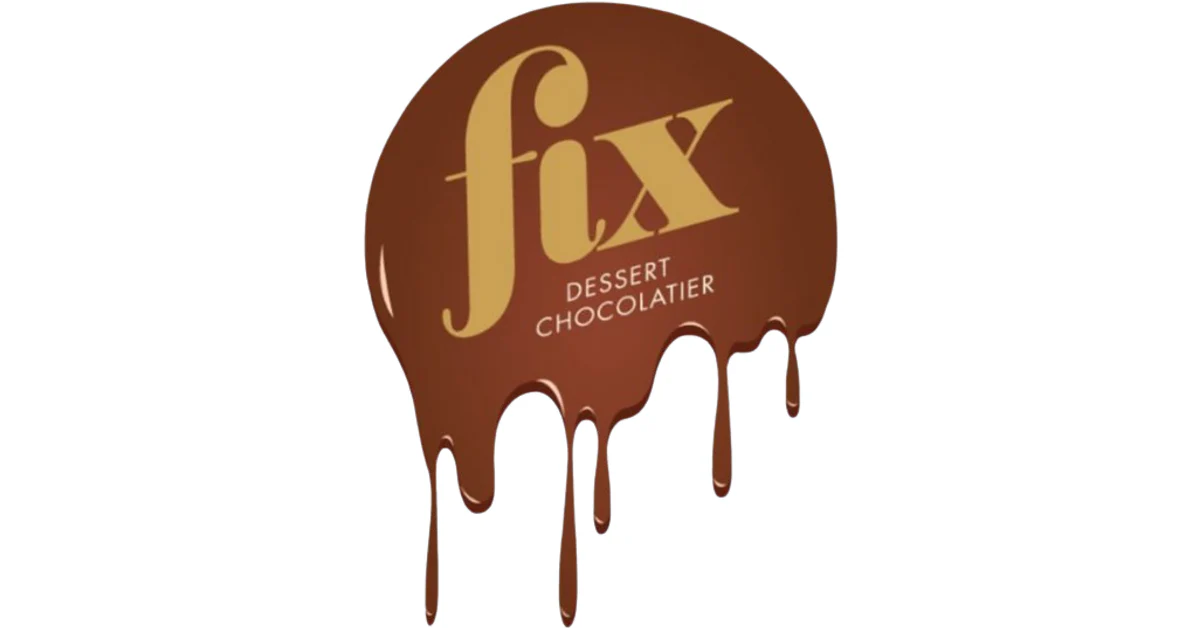You’ve probably seen it.
That glossy, pistachio-filled chocolate bar from Dubai that has gone viral across TikTok and Instagram.
Rich. Indulgent. Beautifully packaged.
It looks like luxury and it tastes like it too.
But behind the glossy surface is a legal story that most people haven’t heard. It is not about chocolate at all. It is about trademarks. And if you are building a brand or thinking about launching a new product, this is something worth understanding.
What Is Dubai Chocolate and Why Is Everyone Talking About It?
It started with a boutique UAE dessert brand called Fix Dessert Chocolatier. Their creation was inspired by knafeh, a classic Middle Eastern dessert, and featured pistachio cream, kataifi pastry and smooth milk chocolate. It looked great and tasted even better.
By late 2023, it had become a full-blown trend thanks to a viral TikTok video. The name Dubai Chocolate spread fast and so did demand. Suddenly, businesses across Europe wanted in. They started importing versions, making their own, and trying to register the name.
That is when the real problems began.
Why the Trademark Is Causing So Much Trouble
Place names in trademarks are almost always tricky. If a product does not come from the place in its name, the trademark might be refused. And that is exactly what has happened here.
Multiple companies have applied to register Dubai Chocolate. Several applications have been denied. Some are being challenged. In Germany, one court ruled that using the name without a real link to the city was unlawful. Another court said the name was now so common that it described a style of chocolate, not where it came from.
So, which is it? A misleading claim or a generic term? When courts cannot agree, businesses are left in a difficult position.
How Brands and Regulators Are Responding
Some companies are doubling down and using brand names alongside the phrase. For example, Lindt Dubai Chocolate. Others are avoiding the term altogether and focusing on the parts of their brand they can protect, like logos, slogans or packaging.
This is not the first time chocolate branding has caused legal issues. In fact, Lindt themselves have been at the centre of a high-profile trademark dispute over the phrase chocolate master. You can read more about that here: Who Can Call Themselves a Chocolate Master? Lindt’s Trademark Battle Raises Crucial Questions
Meanwhile, regulators like the UKIPO are holding firm. If the name is too generic or could mislead consumers, it will not be approved. This keeps the marketplace fair, but it can also frustrate brands trying to ride a wave of popularity.
What You Can Learn From This
Whether you are launching a new product or developing a brand that is gaining momentum, here are four key takeaways:
Be cautious with geographical names
They might sound catchy or premium, but unless your product actually comes from that location, you could run into legal problems.
Choose something distinctive
Names that are too descriptive can feel like a shortcut but are hard to register or enforce. A creative name is much more powerful in the long term.
Register early
Waiting until you go viral to think about protection is too late. Get your trademarks in place before your brand takes off.
Protect more than just the name
Your packaging, your visuals, even the shape of your product could be trademarked. There is a lot more to protect than just the name.
Want Support with Your Brand Strategy?
At The Trademark Helpline, we help businesses protect what they are building. From first ideas to product launches, we can help you register your brand, avoid costly mistakes, and defend what is yours.
If you are not sure whether your name is safe or how to protect it properly, get in touch today. We will talk it through and point you in the right direction.
Because your brand isn’t a trend. It deserves long-term protection.







